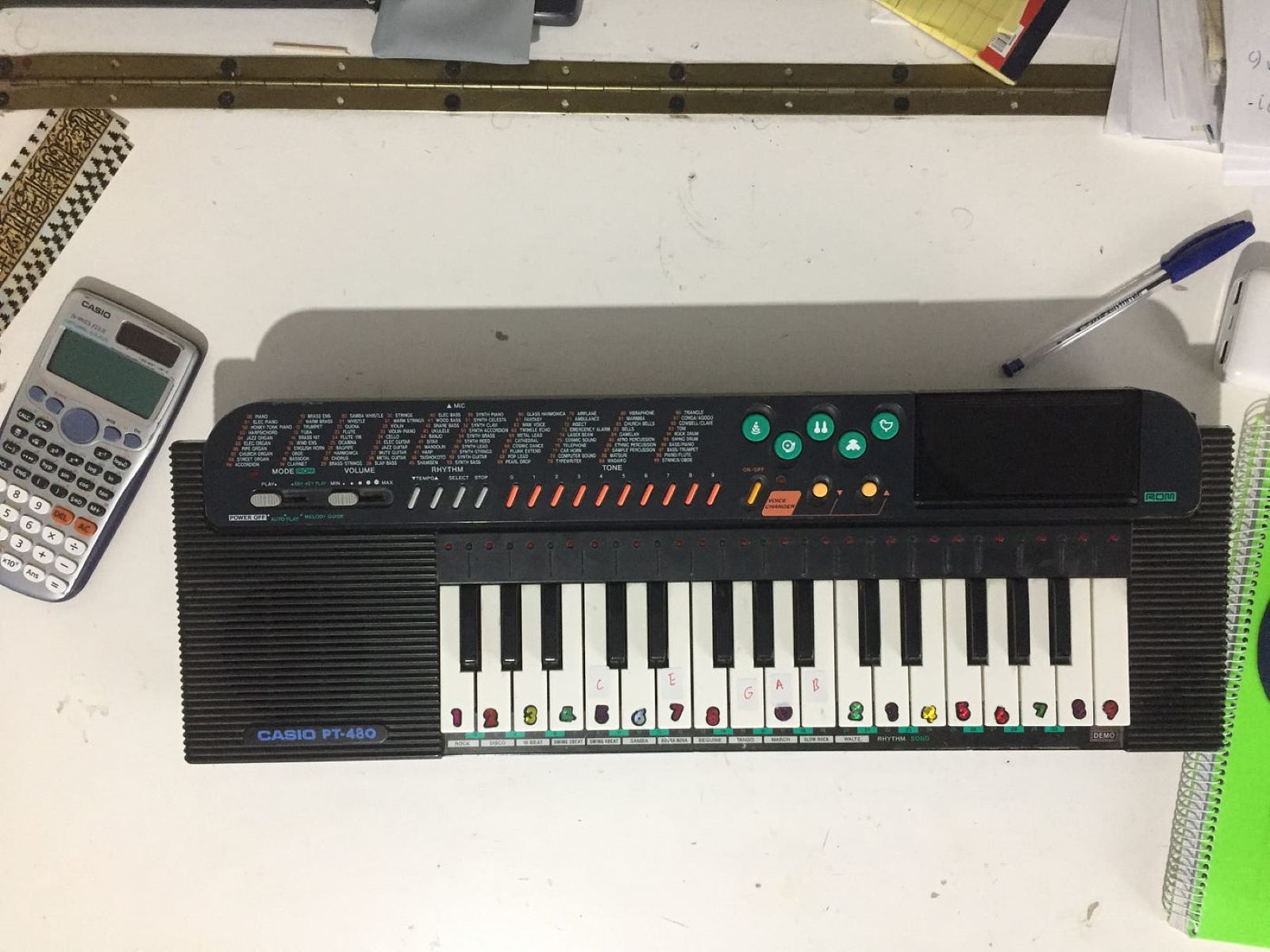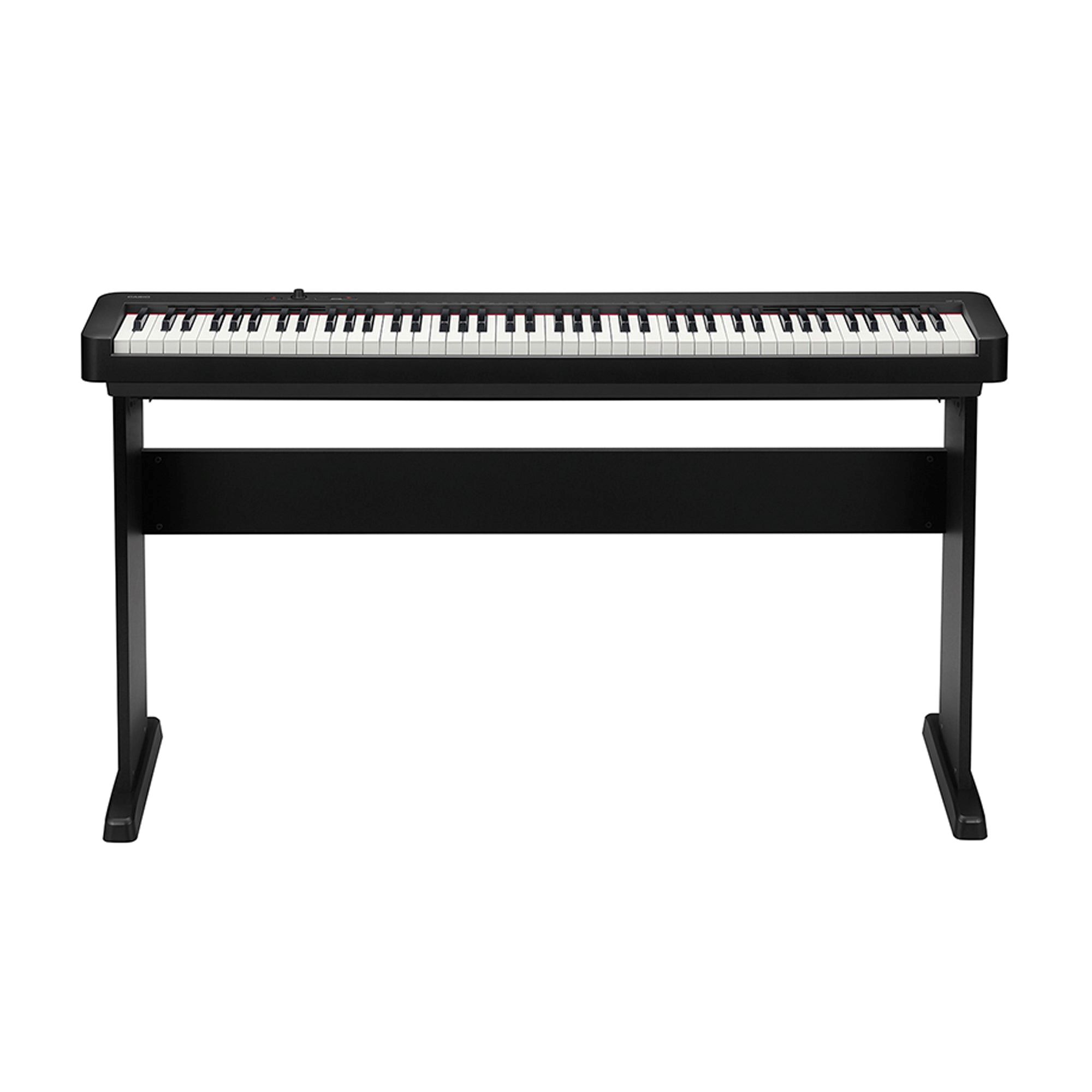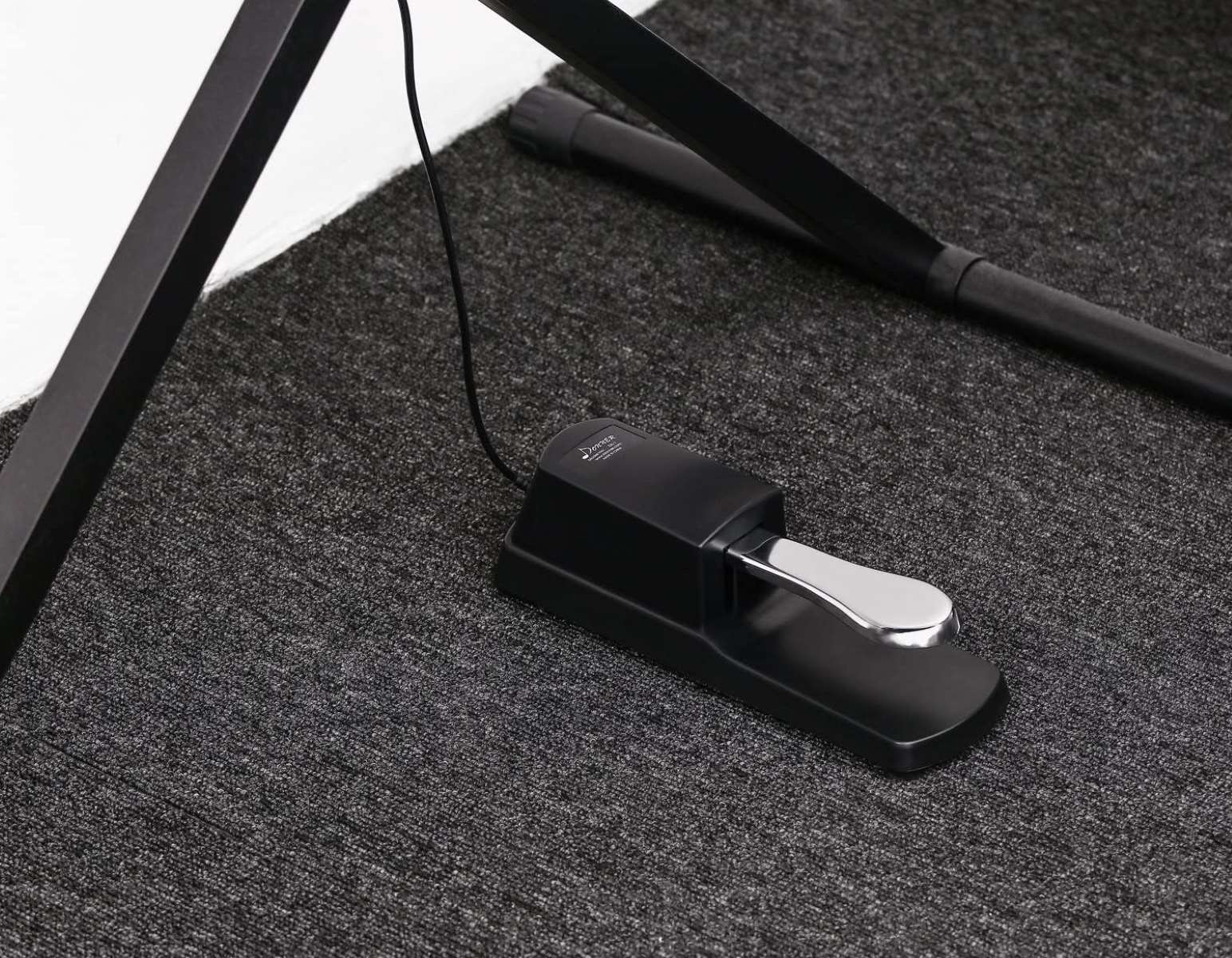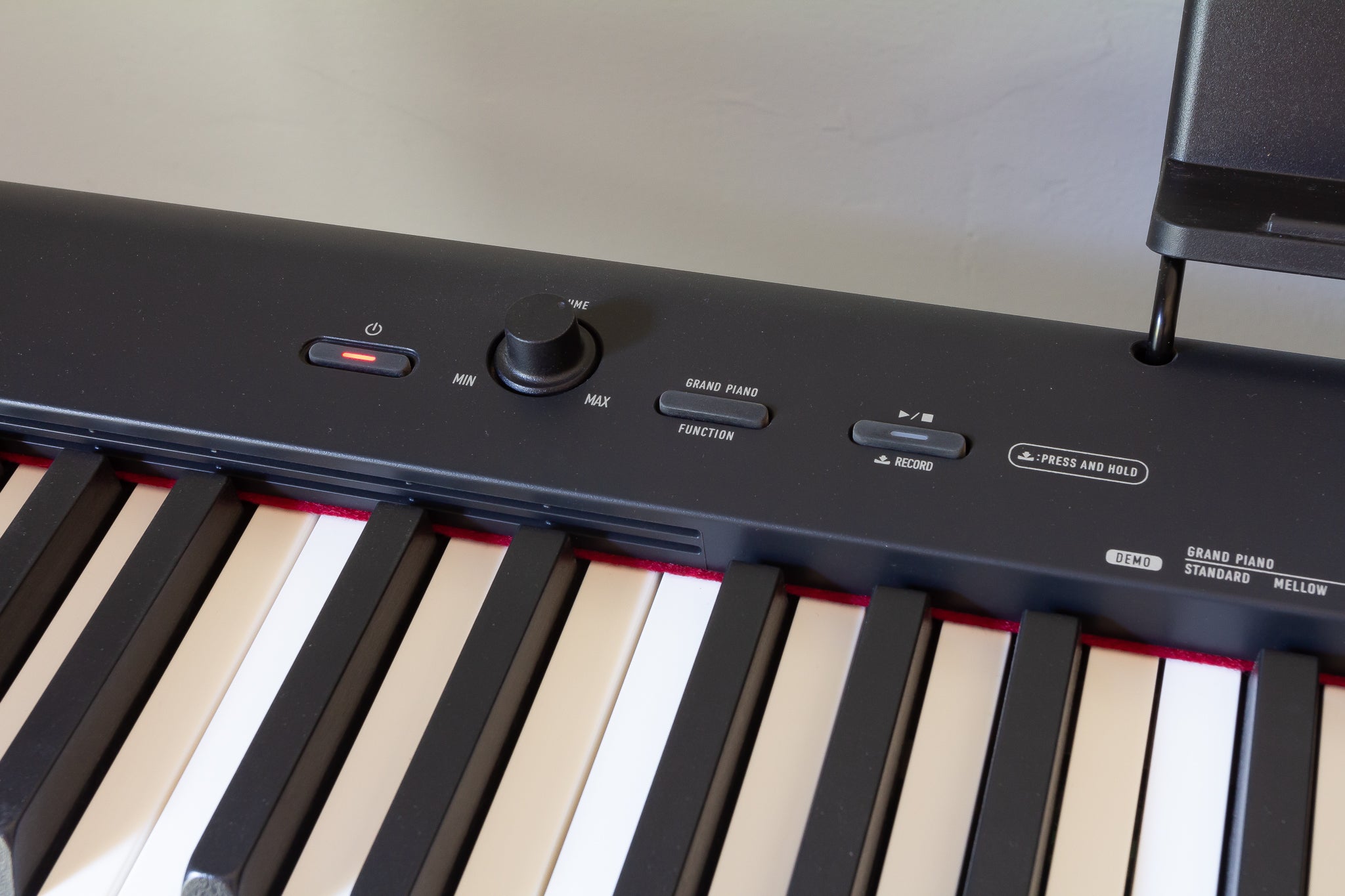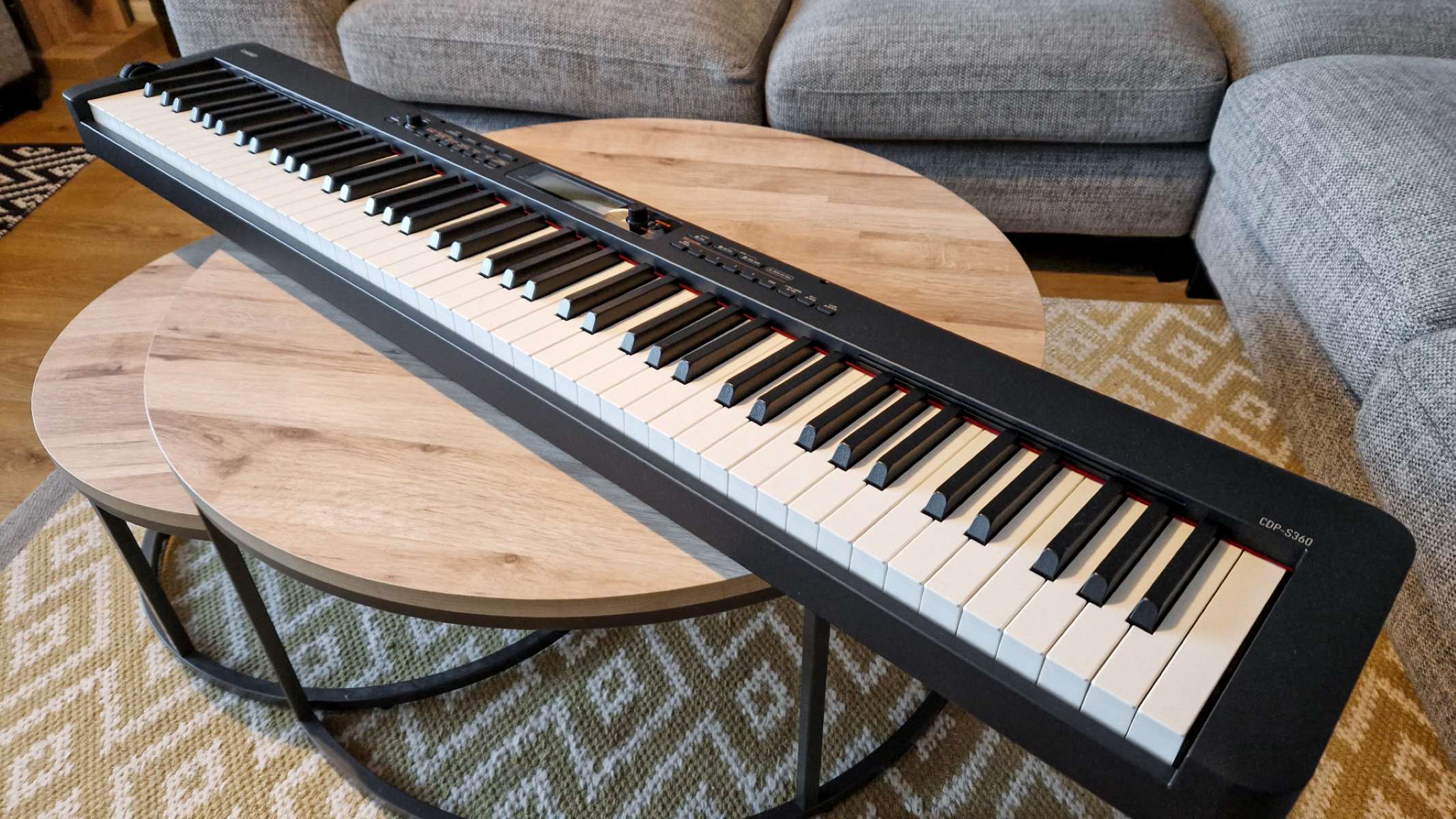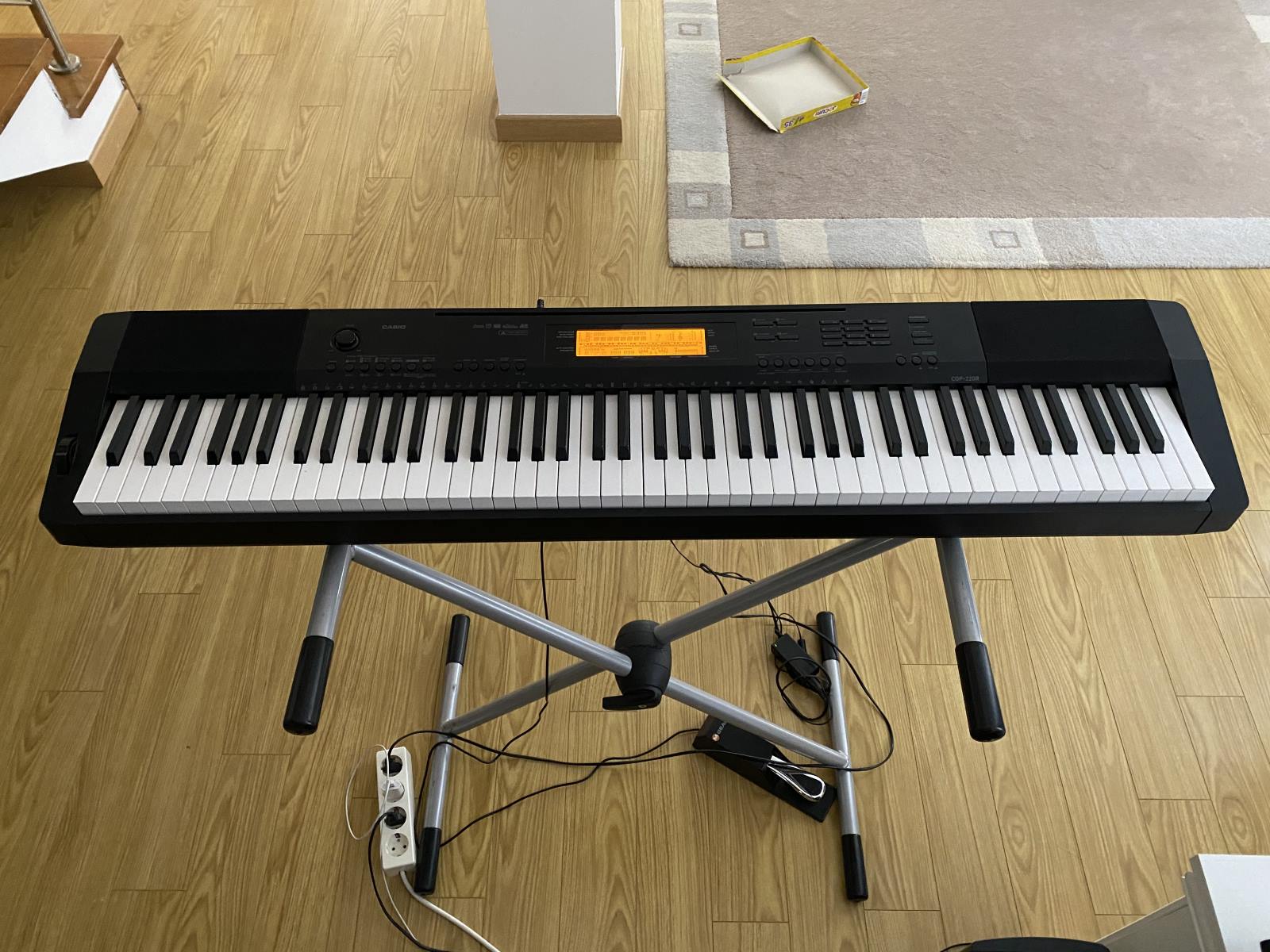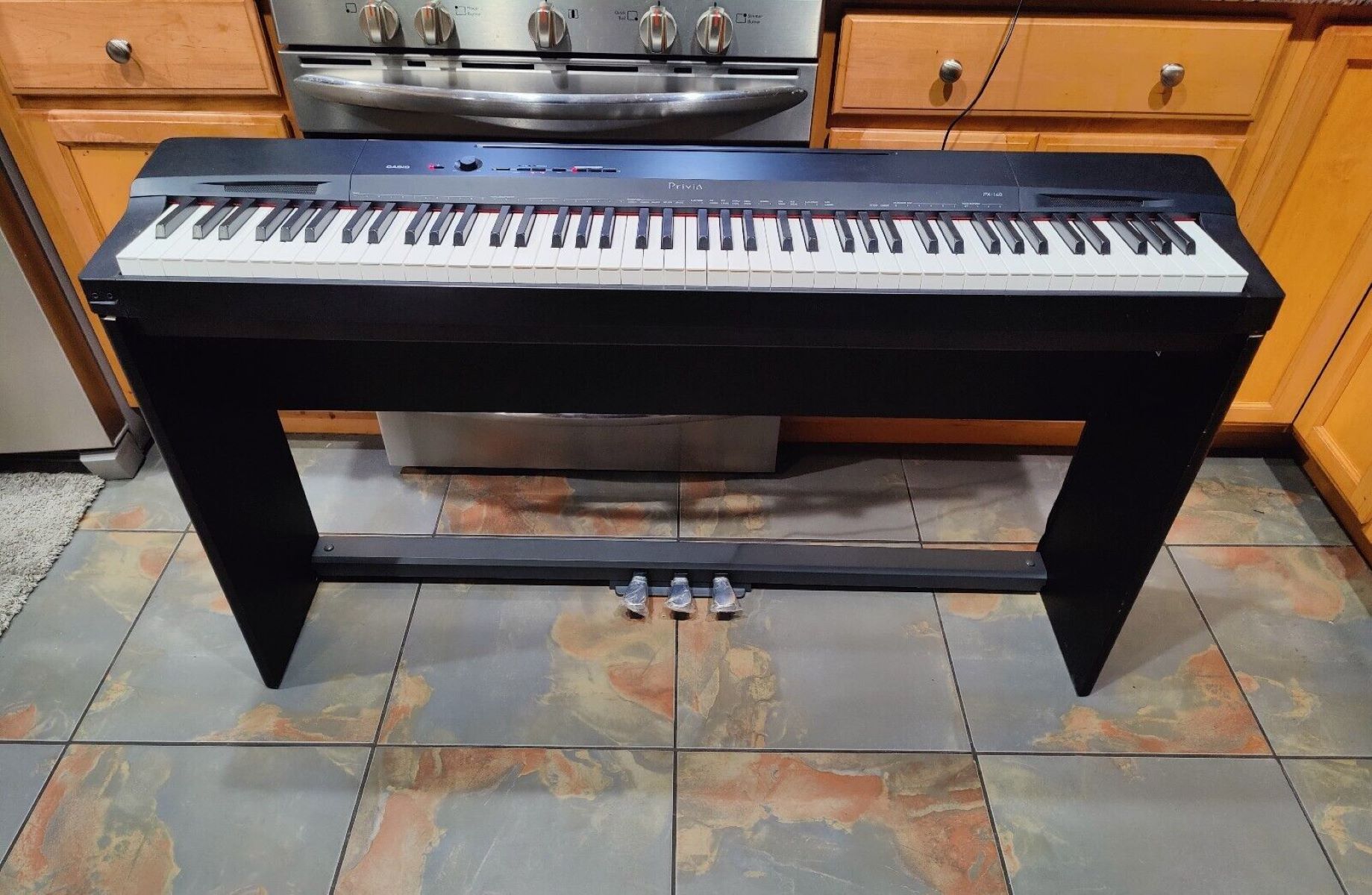Introduction
So, you've been enjoying playing your Casio digital piano, but suddenly, you encounter an issue with the pedal. Don't worry – it's a common problem, and there are several troubleshooting steps you can take to fix it. Whether the pedal isn't responding, feels too sensitive, or is in need of a good cleaning, this guide will walk you through the process of resolving these issues.
Casio digital pianos are renowned for their exceptional sound quality and realistic feel, and the pedal is an integral part of the playing experience. Whether you have a Casio Privia, Celviano, or another model, the troubleshooting steps in this guide are applicable across the range.
In the following sections, we'll delve into the various troubleshooting methods, from checking the connection to adjusting the pedal sensitivity. You'll also learn how to properly clean the pedal to ensure smooth operation. If, after attempting these steps, the issue persists, we'll explore the option of replacing the pedal.
By the end of this guide, you'll have a comprehensive understanding of how to address common pedal issues with your Casio digital piano. So, let's roll up our sleeves and get ready to bring the harmony back into your music!
Checking the Connection
When your Casio digital piano pedal isn’t functioning as expected, the first step is to inspect its connection. Start by ensuring that the pedal is securely plugged into the designated port on your piano. Sometimes, due to movement or accidental tugs, the connection may become loose, leading to unresponsiveness or intermittent functionality.
Once you’ve verified the physical connection, it’s essential to examine the internal wiring of the pedal. If you’re comfortable with electronics, carefully open the pedal enclosure to check for any loose wires or damaged connections. However, if you’re not confident in your ability to perform this task, it’s advisable to seek assistance from a qualified technician to avoid causing further damage.
If the physical and internal connections appear intact, the next troubleshooting step involves testing the pedal on a different Casio digital piano, if available. By doing so, you can determine whether the issue lies with the pedal or the piano itself. If the pedal functions properly on another piano, it indicates that the problem may be with your piano’s pedal input. Conversely, if the pedal exhibits the same issue on a different piano, it suggests that the pedal requires attention.
Remember, before delving into more complex troubleshooting methods, always start with the basics – checking the connection. Often, a loose plug or a minor internal wiring issue can be the root cause of pedal malfunctions. By systematically ruling out potential connection-related issues, you can move on to other troubleshooting steps with a clearer understanding of the problem.
Adjusting the Pedal Sensitivity
One common issue that Casio digital piano players encounter is the pedal’s sensitivity. If you find that the pedal is either too responsive or unresponsive, adjusting its sensitivity settings can often resolve this issue.
Begin by consulting your Casio digital piano’s user manual to locate the pedal sensitivity adjustment settings. These settings can typically be accessed through the piano’s menu or settings interface. Once you’ve accessed the sensitivity settings, you can fine-tune the pedal’s responsiveness to better suit your playing style.
If you find that the pedal is overly sensitive, causing sustained notes to linger longer than desired, you can decrease the sensitivity to mitigate this effect. On the other hand, if the pedal is unresponsive or requires excessive force to engage, increasing the sensitivity can rectify this issue.
It’s important to note that the sensitivity adjustment process may vary depending on the model of your Casio digital piano. Some models offer more advanced sensitivity customization options, allowing for precise adjustments to accommodate individual preferences.
Once you’ve made the necessary sensitivity adjustments, test the pedal’s response by playing a variety of musical passages. Pay attention to sustained notes and the smoothness of transitions when engaging and disengaging the pedal. By fine-tuning the sensitivity settings to align with your playing dynamics, you can enhance the overall playing experience and regain control over the pedal’s behavior.
If, after adjusting the sensitivity settings, you find that the pedal’s behavior remains inconsistent or unresponsive, it may be necessary to explore additional troubleshooting steps or seek professional assistance to diagnose and address the underlying issue.
Cleaning the Pedal
Over time, the pedal of your Casio digital piano may accumulate dust, debris, or residue from prolonged use. This buildup can impede the pedal’s smooth operation and responsiveness, leading to issues such as sticking or inconsistent performance. To address these concerns, cleaning the pedal is a simple yet effective maintenance task that can restore its functionality.
Before initiating the cleaning process, it’s important to power off your digital piano and unplug the pedal to ensure safety and prevent accidental activation during cleaning.
Begin by visually inspecting the pedal for any visible debris or accumulation around the moving parts and hinges. Use a soft, lint-free cloth lightly dampened with water or a mild, non-abrasive cleaner to gently wipe the surface of the pedal. Take care to remove any dirt or grime that may have accumulated, paying particular attention to the areas where the pedal pivots and makes contact with the piano.
For stubborn residue or buildup, you can use a small amount of isopropyl alcohol applied to the cloth to aid in the removal process. However, exercise caution and ensure that the alcohol does not come into contact with any electronic components or sensitive areas of the pedal.
As you clean the pedal, take care to avoid excessive moisture or cleaners seeping into the internal components. Once the visible surfaces have been cleaned, allow the pedal to air dry thoroughly before reconnecting it to your Casio digital piano.
After cleaning, test the pedal’s operation to ensure that it moves smoothly and responds reliably to your playing. By maintaining a clean pedal, you can prolong its lifespan and preserve the integrity of its mechanical components, contributing to a more enjoyable and consistent playing experience.
Regularly incorporating pedal cleaning into your piano maintenance routine can help prevent performance issues stemming from dirt and debris accumulation, allowing you to focus on creating beautiful music without the distraction of pedal-related malfunctions.
Replacing the Pedal
If you’ve exhausted troubleshooting options and the pedal of your Casio digital piano continues to exhibit persistent malfunctions or irreparable damage, replacing the pedal may be the most viable solution. While it’s essential to explore other troubleshooting methods before opting for replacement, a faulty or non-responsive pedal can significantly hinder your playing experience.
Before proceeding with the replacement, identify the specific model of your Casio digital piano and the corresponding pedal compatibility. Casio offers a range of digital piano models, each with its unique pedal specifications. This ensures that the replacement pedal is fully compatible and seamlessly integrates with your piano’s functionality.
Once you’ve obtained the compatible replacement pedal, carefully follow the manufacturer’s instructions for installation. Depending on the model, the installation process may involve securing the pedal to the designated port on the piano and ensuring a secure connection. Take care to align the pedal correctly and avoid overtightening any securing mechanisms to prevent damage to the piano or the new pedal.
After installing the replacement pedal, test its functionality by engaging it during your playing sessions. Ensure that the pedal responds accurately to your playing dynamics and provides the expected sustain and expression. By confirming the proper operation of the new pedal, you can confidently resume your musical pursuits with renewed pedal functionality.
It’s important to note that if you encounter challenges during the installation process or are uncertain about replacing the pedal yourself, seeking assistance from a qualified technician or piano service professional is advisable. They can ensure that the replacement is performed correctly, minimizing the risk of damage to your Casio digital piano and ensuring the optimal functionality of the new pedal.
By replacing a malfunctioning pedal, you can rejuvenate your playing experience and fully enjoy the expressive capabilities of your Casio digital piano. Whether you’re a seasoned performer or an enthusiastic beginner, a reliable and responsive pedal is essential for conveying musical expression and dynamics in your playing.
Conclusion
Addressing pedal-related issues with your Casio digital piano is a fundamental aspect of maintaining an optimal playing experience. From troubleshooting connection issues to fine-tuning pedal sensitivity and performing maintenance tasks, such as cleaning, these proactive measures can resolve common pedal malfunctions and restore reliable performance.
By systematically checking the pedal’s connection and internal wiring, you can identify and rectify issues stemming from loose connections or wiring anomalies. This foundational troubleshooting step lays the groundwork for addressing more complex pedal-related concerns.
Adjusting the pedal sensitivity settings offers a tailored approach to aligning the pedal’s response with your playing dynamics. Whether you prefer a more nuanced sustain or require precise control over the pedal’s engagement, sensitivity adjustments empower you to customize the pedal’s behavior to suit your musical expression.
Regularly cleaning the pedal not only preserves its mechanical integrity but also ensures consistent and reliable performance. By incorporating this maintenance task into your piano care routine, you can mitigate issues arising from dirt and debris accumulation, allowing the pedal to function optimally.
In instances where troubleshooting and maintenance efforts prove insufficient, replacing the pedal with a compatible and properly installed replacement can revitalize your playing experience. This solution provides a reliable and responsive pedal, enabling you to fully explore the expressive capabilities of your Casio digital piano.
Ultimately, by employing these troubleshooting methods and maintenance practices, you can proactively address pedal-related issues and maintain the integrity of your Casio digital piano’s pedal functionality. Whether you’re a passionate performer, a dedicated student, or an avid enthusiast, a well-functioning pedal is essential for conveying musical expression and dynamics in your playing.
With these insights and practical strategies at your disposal, you can confidently navigate and resolve pedal-related challenges, ensuring that your musical journey with your Casio digital piano remains harmonious and fulfilling.









